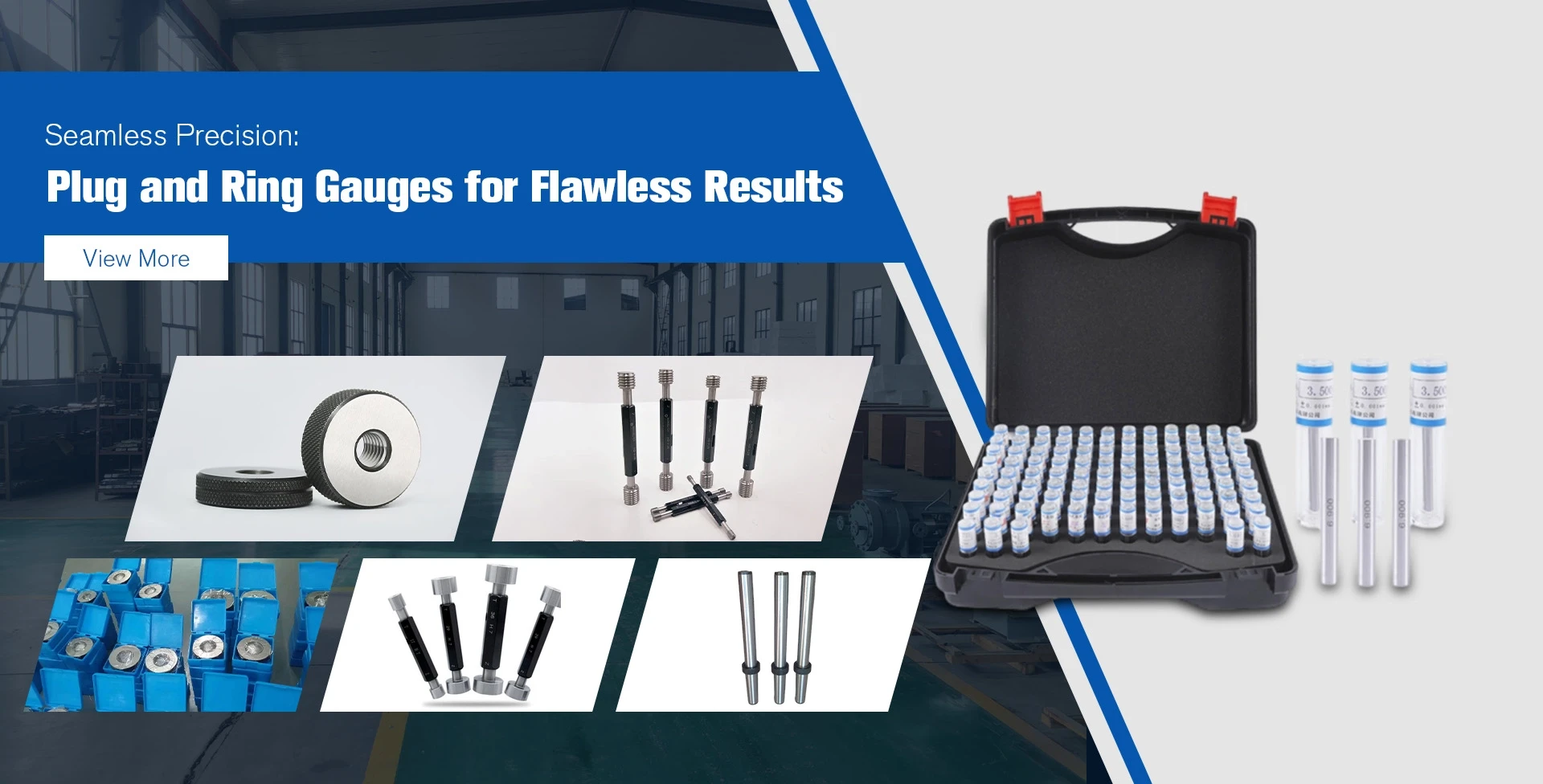Říj . 04, 2024 21:23 Back to list
one way water valve
Understanding the One-Way Water Valve Function, Applications, and Benefits
A one-way water valve, also known as a check valve, plays a crucial role in fluid control systems. Its primary function is to ensure that water flows in one direction, preventing backflow that could cause contamination or damage to equipment. These valves are widely used in various applications, from residential plumbing to industrial processes, making them an essential component in fluid management systems.
How It Works
The one-way water valve operates on a simple yet effective principle. It consists of a valve body, a sealing mechanism, and an inlet and outlet for fluid. When water flows through the valve in the desired direction, the pressure pushes against the sealing mechanism, which opens the valve, allowing the water to pass. However, if water tries to flow back through the valve, the pressure decreases, and the sealing mechanism closes, preventing any reverse flow.
This straightforward design is what makes the one-way water valve reliable and efficient. It requires minimal maintenance and operates automatically, making it ideal for countless applications.
Applications in Everyday Life
One-way water valves are ubiquitous in both residential and commercial settings. Here are a few common applications
1. Plumbing Systems In household plumbing, one-way valves prevent wastewater from flowing back into clean water lines, ensuring the safety and purity of drinking water. They are essential in sump pumps and toilet installations.
2. Irrigation In agricultural and landscaping irrigation systems, check valves prevent water from draining back into the supply line when the system is turned off. This helps maintain pressure and ensures the irrigation systems operate efficiently.
3. Heating Systems In hot water heating systems, one-way valves are used to keep hot water flowing in the right direction, preventing it from returning to the heater, which could lead to system inefficiencies.
one way water valve

4. Aquarium Systems In aquariums, these valves are critical for preventing water from flowing back into filtration systems or pumps, maintaining a stable and healthy environment for aquatic life.
5. Industrial Applications Check valves are extensively used in various industrial applications, such as water treatment plants, chemical processing, and oil and gas industries. They help in maintaining the proper flow of fluids and preventing contamination.
Benefits of One-Way Water Valves
The advantages of one-way water valves extend beyond their functional capabilities
- Prevention of Contamination By stopping backflow, these valves protect clean water supplies and systems, reducing the risk of contamination and ensuring the safety of water used for drinking and other purposes.
- Energy Efficiency By maintaining flow direction and preventing backflow, one-way valves help improve the efficiency of water systems, reducing the amount of energy needed to pump water.
- Cost-Effective Their simple design means that one-way water valves are generally cost-effective to install and maintain, providing good value for both residential and industrial applications.
- Versatility These valves can be designed to fit a variety of piping sizes and materials, making them adaptable for numerous applications across different industries.
Conclusion
In summary, one-way water valves are a vital component of any fluid management system. Their ability to ensure unidirectional flow while preventing backflow contributes significantly to the efficiency, safety, and reliability of water systems. Whether in homes, farms, or industrial settings, the importance of one-way water valves cannot be overstated. As technology and design continue to evolve, we can expect even greater innovations in water management solutions, further enhancing the role of one-way valves in our daily lives.
-
Why Metric Trapezoidal Thread is Ideal for Precision Motion ControlNewsAug.05,2025
-
The Unique Properties of a Block of Granite for Industrial UseNewsAug.05,2025
-
The Role of Flanged Y Strainers in Preventing Pipeline ClogsNewsAug.05,2025
-
The Importance of Regular Calibration for Master Ring GagesNewsAug.05,2025
-
How a Cast Iron Surface Table Enhances Accuracy in ManufacturingNewsAug.05,2025
-
Comparing Different Check Valve Types for Optimal Flow ControlNewsAug.05,2025
Related PRODUCTS









